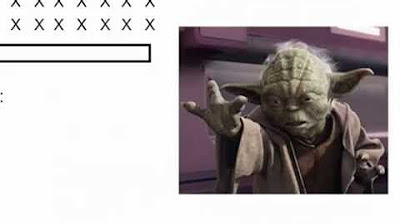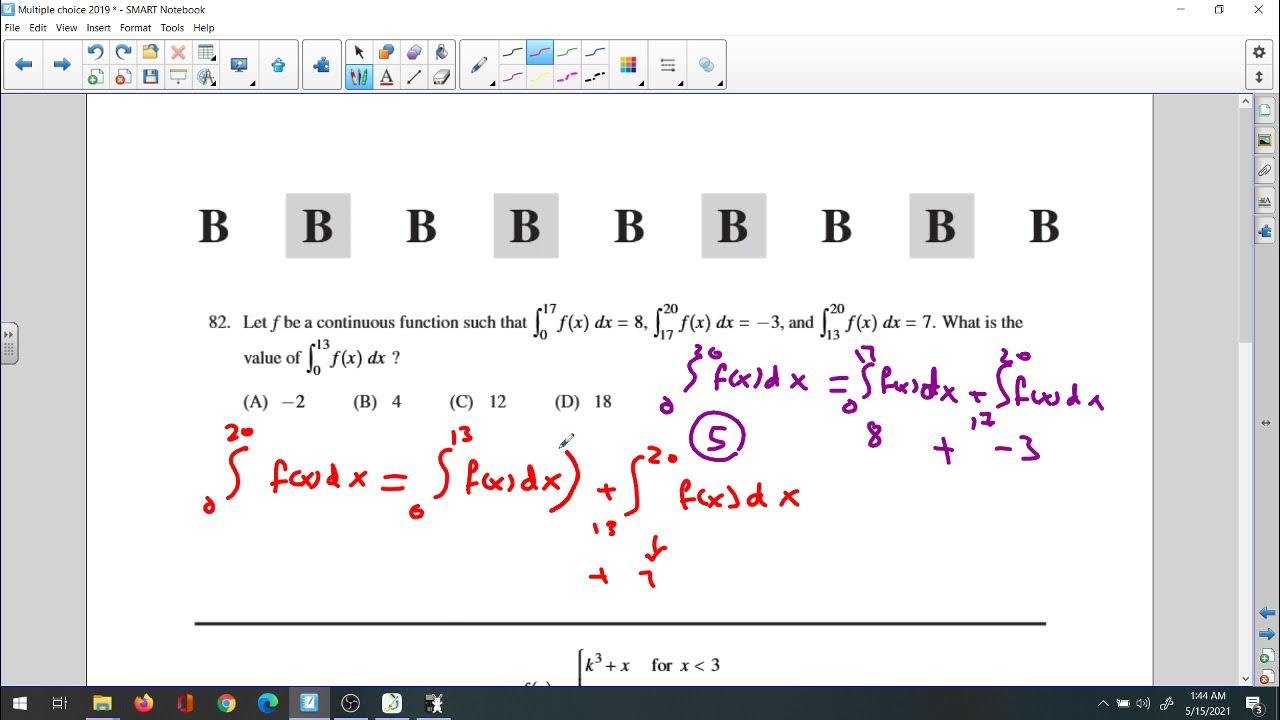Electricity and electrostatics Exam Questions: Physics paper 1
TLDRJoin Miss Martens as she dives into the intricacies of a Physics paper from a June 2018 provincial examination, focusing on electric circuits and electrostatics. In her comprehensive tutorial, Miss Martens clarifies concepts like Ohm's Law, the principle of conservation of charge, and various circuit behaviors. Through detailed explanations and example calculations, she addresses common questions and misconceptions, using a process of elimination to solve complex problems. This educational video is a must-watch for students seeking a deeper understanding of physical sciences, aiming to enhance their exam preparation skills.
Takeaways
- 📚 The unit for potential difference or voltage is the volt, which can also be expressed as joules per coulomb.
- ⚡ Ohm's Law states that voltage is equal to current multiplied by resistance, a fundamental principle in electric circuits.
- 🔋 When two charged spheres come into contact, the principle of conservation of charge applies, resulting in both spheres having the same charge after contact.
- 💡 In a circuit with light bulbs that are not necessarily identical, the current is not guaranteed to split equally between branches.
- ⏱️ Current in a circuit is defined as the charge per unit time, measured in amperes, and can be calculated using the formula I = Q/t.
- 📊 For objects with charges, if an object has more electrons than protons, it has a negative charge, and vice versa for a positive charge.
- 🔁 The direction of electron flow is from the more negative object to the less negative object, following the conservation of charge principle.
- 🔋 The total charge on two spheres after they separate and come into contact is calculated by averaging their initial charges.
- ⚖️ The number of electrons transferred between two spheres in contact can be calculated using the formula Q = (Q_final - Q_initial) / QE, where QE is the charge of a single electron.
- 🔗 In a circuit with identical bulbs, the voltage across each component is the same, and the effective resistance of a parallel combination of resistors can be found using the total voltage and current.
- 🔍 To find the effective resistance in a circuit with only parallel resistors, use the total voltage and current, as there are no other resistors to consider.
Q & A
What is the unit for potential difference or voltage?
-The unit for potential difference or voltage is the volt.
According to Ohm's Law, what is the relationship between voltage, current, and resistance?
-Ohm's Law states that voltage is equal to current multiplied by resistance (V = I * R).
How is voltage related to work done per unit charge?
-Voltage is the potential difference across a component in a circuit, which is equal to the work done per unit charge or the work done per coulomb of charge.
What is the principle of conservation of charge?
-The principle of conservation of charge states that the net charge of an isolated system remains constant during any physical process, meaning charge cannot be created or destroyed.
When two charged spheres are brought into contact, what happens to their charges?
-When two charged spheres are brought into contact, electrons move from the more negative sphere to the less negative sphere, resulting in both spheres having the same charge after they touch.
How can you calculate the current in a circuit given the charge and time?
-The current in a circuit can be calculated using the formula I = Q / T, where I is the current in amperes, Q is the charge in coulombs, and T is the time in seconds.
What is the formula to calculate the number of electrons transferred between two spheres?
-The formula to calculate the number of electrons transferred is the change in charge (ΔQ) divided by the charge of one electron (e), which is ΔQ / e.
What is the significance of knowing the resistance of the battery and connecting wires in a circuit?
-In grade 10 level questions, the resistance of the battery and connecting wires is often ignored, but in higher grades, it becomes important to factor in this resistance for accurate calculations.
How can you calculate the voltage of a battery made up of multiple cells?
-The voltage of a battery made up of multiple cells is the total energy transferred divided by the total charge (V = W / Q). If the cells are connected in series, their voltages add up to give the total voltage.
What is the relationship between the voltage across a circuit and the effective resistance?
-The effective resistance of a circuit can be calculated using the formula R = V / I, where V is the voltage across the circuit and I is the current flowing through it.
How can you determine the effective resistance of a parallel combination of resistors if you do not know their individual resistances?
-If you do not know the individual resistances, you can determine the effective resistance of a parallel combination by using the total voltage across the circuit and the total current flowing through it (R = V / I).
Outlines
📚 Introduction to Physics Paper Review
Miss Martens welcomes viewers back to her channel for another educational video. She is reviewing a physics paper from June 2018, focusing on selected topics. She encourages viewers to subscribe and like the video if they want more content like this. The first question discussed is about electricity and potential difference, explaining that one volt is equivalent to one joule per coulomb. She also covers a question on electrostatics involving charged spheres and the conservation of charge principle.
🔋 Understanding Circuits and Charges
The script continues with a discussion on a circuit diagram involving light bulbs and resistors. It clarifies that the current readings on different parts of the circuit are not necessarily equal due to the possibility of varying resistances. The video then moves on to a calculation involving the flow of charge over time to determine the current in a circuit. An electrostatics question about the charge on metal spheres is also explained, emphasizing the importance of understanding the balance between protons and electrons.
🤔 Calculations and Conservation of Charge
Miss Martens explains the principle of conservation of charge, which states that the total charge in an isolated system remains constant. She guides viewers through a calculation of the charge on two spheres after they come into contact and share electrons. The process involves determining the final charge on each sphere and then calculating the number of electrons transferred during the process. She emphasizes the importance of using the correct formula and understanding the concept of change in charge.
💡 Circuit Analysis with Identical Bulbs
The video script addresses a circuit question where all light bulbs are identical, meaning they have the same resistance. It is mentioned that the resistance of the battery and connecting wires can be ignored for grade 10 level questions. The script provides a step-by-step calculation of the voltage of three cells based on the energy transferred to a certain amount of charge. It also calculates the voltage of each cell and determines the ammeter reading for a given charge and time.
🔍 Effective Resistance in Parallel Circuits
The final paragraph focuses on calculating the effective resistance of a parallel combination of resistors. Since the resistance values of the bulbs are not given, a direct calculation using the standard formula for parallel resistance is not possible. Instead, the script uses the known voltage across the batteries and the total current in the circuit to find the total resistance. It concludes by emphasizing the importance of including all components of the answer, such as the formula, substitution, and unit, to receive full marks.
Mindmap
Keywords
💡Volt
💡Ohm's Law
💡Coulomb
💡Electrostatics
💡Conservation of Charge
💡Ammeter
💡Current
💡Resistance
💡Energy Transfer
💡Parallel Circuit
💡Joule
Highlights
Introduction to a physics paper review with a focus on electricity and electric circuits from a June 2018 examination paper.
Explanation of the unit 'volt' as a measure of potential difference or voltage, and its relation to Ohm's Law and work done per unit charge.
Process of elimination as a technique for multiple-choice questions in physics.
Demonstration of calculating the average charge on two spheres after they come into contact, using the principle of conservation of charge.
Clarification that the current reading on a split in a circuit (A2) is not simply half of the total current (A1), especially when components are not identical.
Use of Ohm's Law to determine the total current in a circuit given the voltage and resistance.
Explanation of how to calculate the number of electrons transferred between two spheres during contact using the charge of an electron.
The importance of using brackets in scientific notation for accurate calculations.
Discussion on the principle of conservation of charge and its application in calculating the final charge on spheres after contact and separation.
Calculation of the voltage of three cells in a battery based on the energy transferred to a given charge.
Method to determine the potential difference of each cell when three cells are connected in a battery.
Process for calculating the ammeter reading in a circuit using the charge passed and the time in seconds.
Explanation of how to find the effective resistance of a parallel combination of resistors when individual resistances are unknown.
Emphasis on the correct unit for current in exam responses, which is amperes, not 'amps'.
Advice on using formula sheets effectively during exams, including remembering the signs for variables in formulas.
Encouragement for students to practice with past papers and engage with the content through subscriptions and likes for more help.
Transcripts
Browse More Related Video

AP Physics B Exam Review - Electricity and Magnetism

7. Resistance

2019 Multiple choices 81,82,83

Review of all concepts from AP Physics C mechanics 2020

Graphs of Motion Velocity vs Time Graph past paper question

Intermolecular Forces and Trends, Formal Charges, Hund's Rule, Lattice Structures and Unit Cells
5.0 / 5 (0 votes)
Thanks for rating: